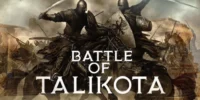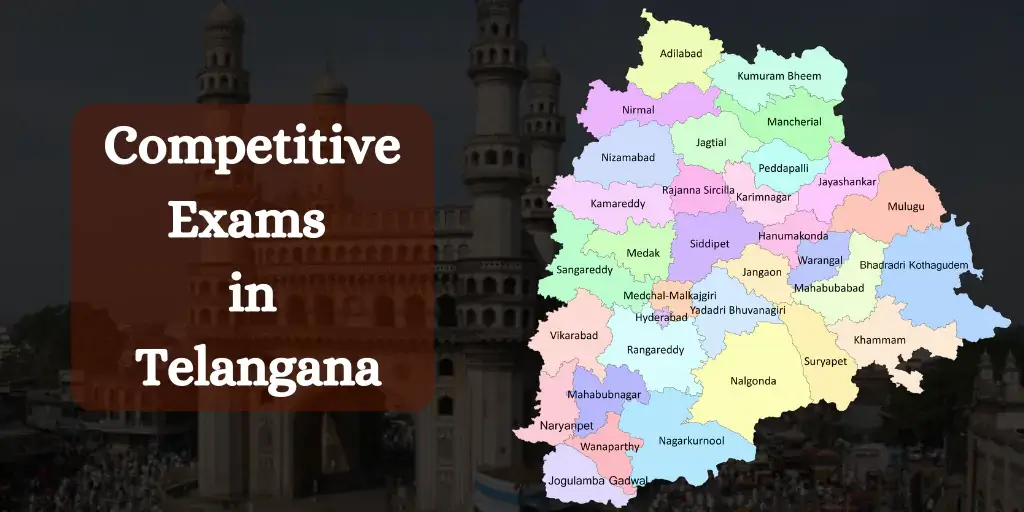The Battle of Plassey marked the moment a trading company began its journey to ruling a vast subcontinent. On June 23, 1757, just 3,000 British East India Company soldiers defeated a 50,000-strong Bengali army—an event that would reshape India’s future and open the door to colonial dominance.
This isn’t just another history lesson. It’s the story of how one battle became the cornerstone of British rule in India through corporate cunning, betrayal, and sheer luck.
The Battle of Plassey marked the moment when the East India Company transformed from merchants to rulers. British forces under Robert Clive didn’t just win a military victory – they orchestrated a masterclass in manipulation.
But here’s the thing most history books gloss over: without one man’s treachery, the British might never have succeeded at all. This content is useful for competitive exams like Group 1, Group 2, Group 3 and Group 4.
1. Historical Context Leading to the Battle
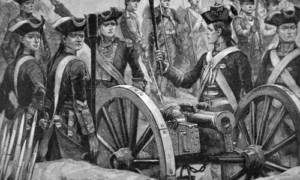
A. The Decline of the Mughal Empire
The once-mighty Mughal Empire was crumbling by the mid-18th century. Regional powers carved out their territories while emperors in Delhi became mere figureheads. This power vacuum created fertile ground for European ambitions in the subcontinent.
B. Rise of European Trading Powers in India
European powers established trading posts along India’s coastline, competing fiercely for commercial dominance. The British East India Company gradually outmanoeuvred Portuguese, Dutch, and French rivals, positioning itself strategically to exploit political instability and expand its influence beyond mere trade.
2. Key Players in the Conflict

A. Siraj ud-Daulah: The Last Independent Nawab of Bengal
Siraj ud-Daulah ascended to power in 1756 at just 23 years old, inheriting a wealthy Bengal kingdom that attracted British commercial interests. His attempt to limit British influence by recapturing Calcutta (now Kolkata) ultimately backfired, leading to the infamous Black Hole incident where British prisoners died in captivity.
B. Robert Clive: The Ambitious British Commander
Robert Clive, nicknamed “Clive of India,” transformed from a clerk to a military commander through sheer ambition and tactical brilliance. His understanding of local politics proved crucial in orchestrating alliances against Siraj ud-Daulah, setting the stage for the East India Company’s territorial control beyond mere trading rights.
3. The Battle Itself
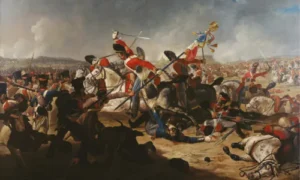
A. Causes of the Military Confrontation
The Battle of Plassey erupted from Siraj ud-Daulah’s growing suspicion of British fortifications in Calcutta. Robert Clive, representing the East India Company, found his opportunity when Siraj attacked and captured Fort William in 1756, leading to the infamous Black Hole of Calcutta incident that outraged the British.
B. Military Strengths and Weaknesses on Both Sides
The military balance heavily favoured Siraj with 50,000 troops against Clive’s mere 3,000 soldiers. However, British forces possessed superior artillery and training while Siraj’s army suffered from internal divisions, with key generals like Mir Jafar secretly negotiating with the British to betray their nawab.
4. The Immediate Aftermath
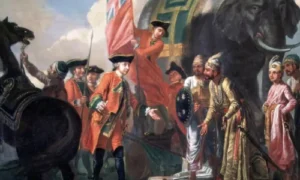
A. Transfer of Power in Bengal
The victory at Plassey catapulted the British East India Company from mere traders to rulers. Mir Jafar was quickly installed as the new Nawab of Bengal, but everyone knew who called the shots. The Company wasted no time establishing their authority, creating a puppet government that answered directly to them.
B. Rewards for Collaborators
Those who helped the British didn’t go home empty-handed. Mir Jafar received his crown, while other conspirators enjoyed land grants and positions of power. Robert Clive himself pocketed £234,000 from Mir Jafar’s treasury—an astronomical sum that made him one of Britain’s richest men overnight.
5. Long-term Consequences of British Victory
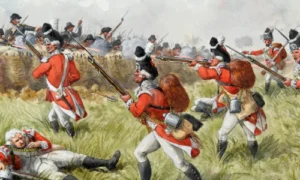
Long-term Consequences of British Victory
A. From Traders to Rulers: The Transformation of the East India Company
The Battle of Plassey shifted the East India Company from mere traders to powerful rulers. Their newfound control over Bengal’s wealth and resources gave them unprecedented political authority, creating a foundation for colonial expansion throughout India.
British officials began imposing their governance systems while steadily dismantling Indian political structures. This transformation happened gradually but decisively, allowing the Company to establish dominance without immediately revealing its territorial ambitions.
6. Debates and Perspectives on the Battle
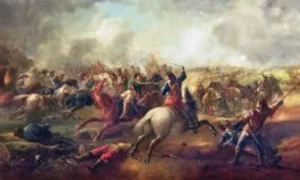
A. British Colonial Narratives
Colonial historians portrayed the Battle of Plassey as a heroic victory, celebrating Clive’s military genius against overwhelming odds. The British narrative emphasised their “civilising mission” in India, painting Siraj ud-Daulah as a cruel tyrant whose defeat was necessary for India’s progress.
B. Indian Nationalist Interpretations
Nationalist historians viewed Plassey as the tragic beginning of subjugation, highlighting Mir Jafar’s betrayal as the turning point. They emphasised how the battle symbolised the start of economic exploitation that drained India’s wealth into British coffers over the following two centuries.
Conclusion
The Battle of Plassey stands as a pivotal moment that fundamentally altered India’s historical trajectory. What began as a conflict between the forces of the British East India Company and the Nawab of Bengal transformed into the cornerstone of British colonial rule in the Indian subcontinent. The victory secured by Robert Clive through military strategy and political manoeuvring granted the British unprecedented control over Bengal’s rich resources and laid the groundwork for their eventual domination of the entire region.
Two and a half centuries later, historians and scholars continue to debate the battle’s complex legacy. The defeat at Plassey not only changed the political landscape of India but also initiated profound economic, cultural, and social transformations that would shape the nation for generations to come. Understanding this crucial historical event provides valuable insight into the mechanisms of colonialism and reminds us how single military engagements can sometimes alter the course of entire civilisations.



